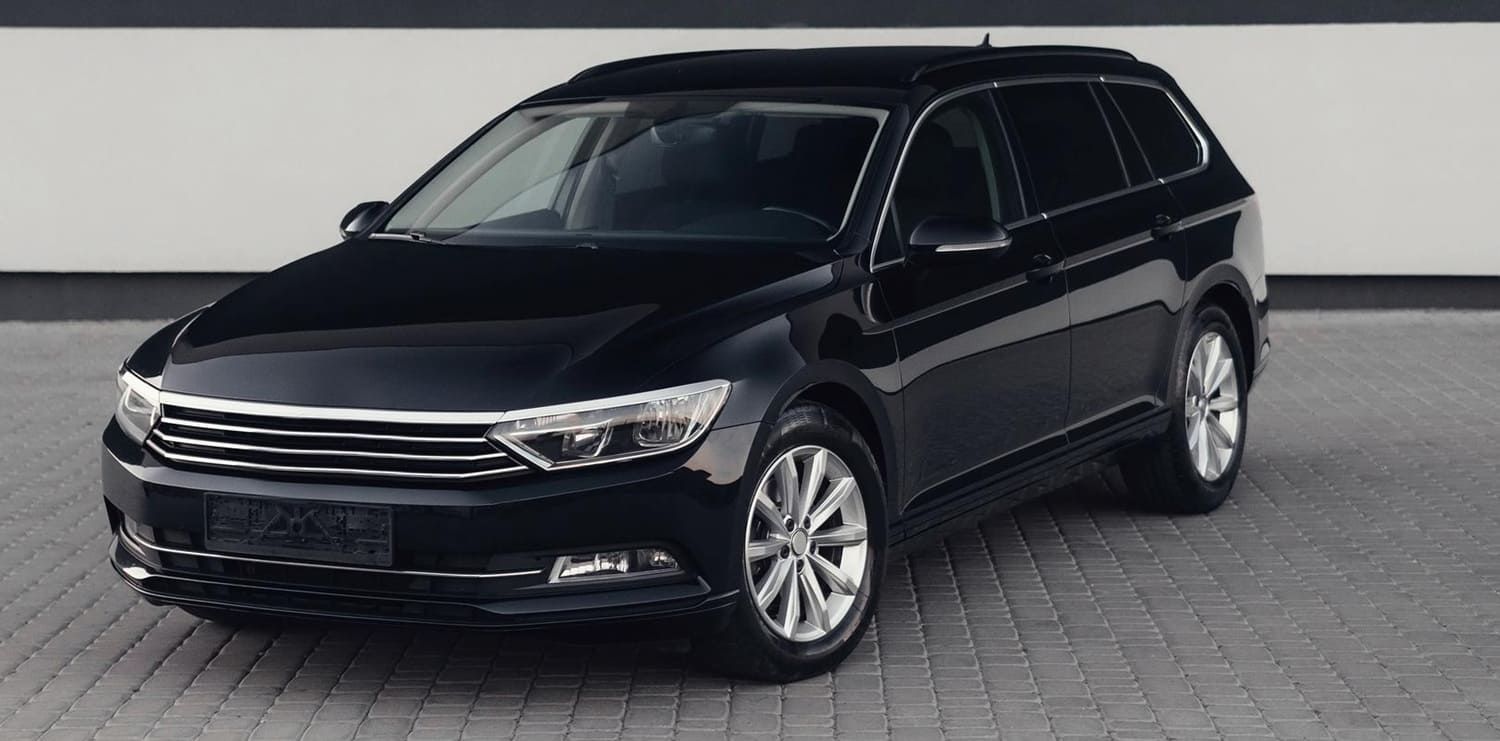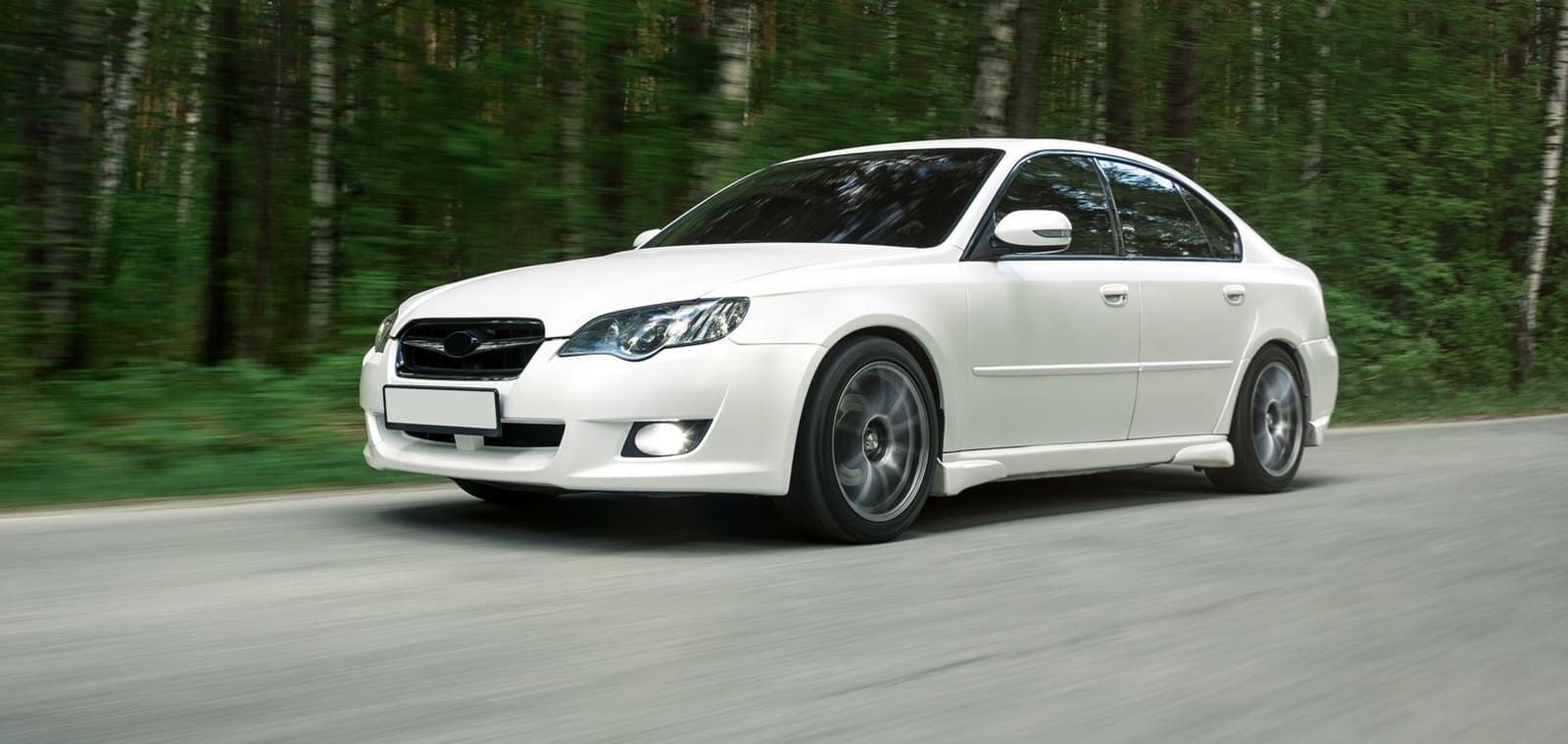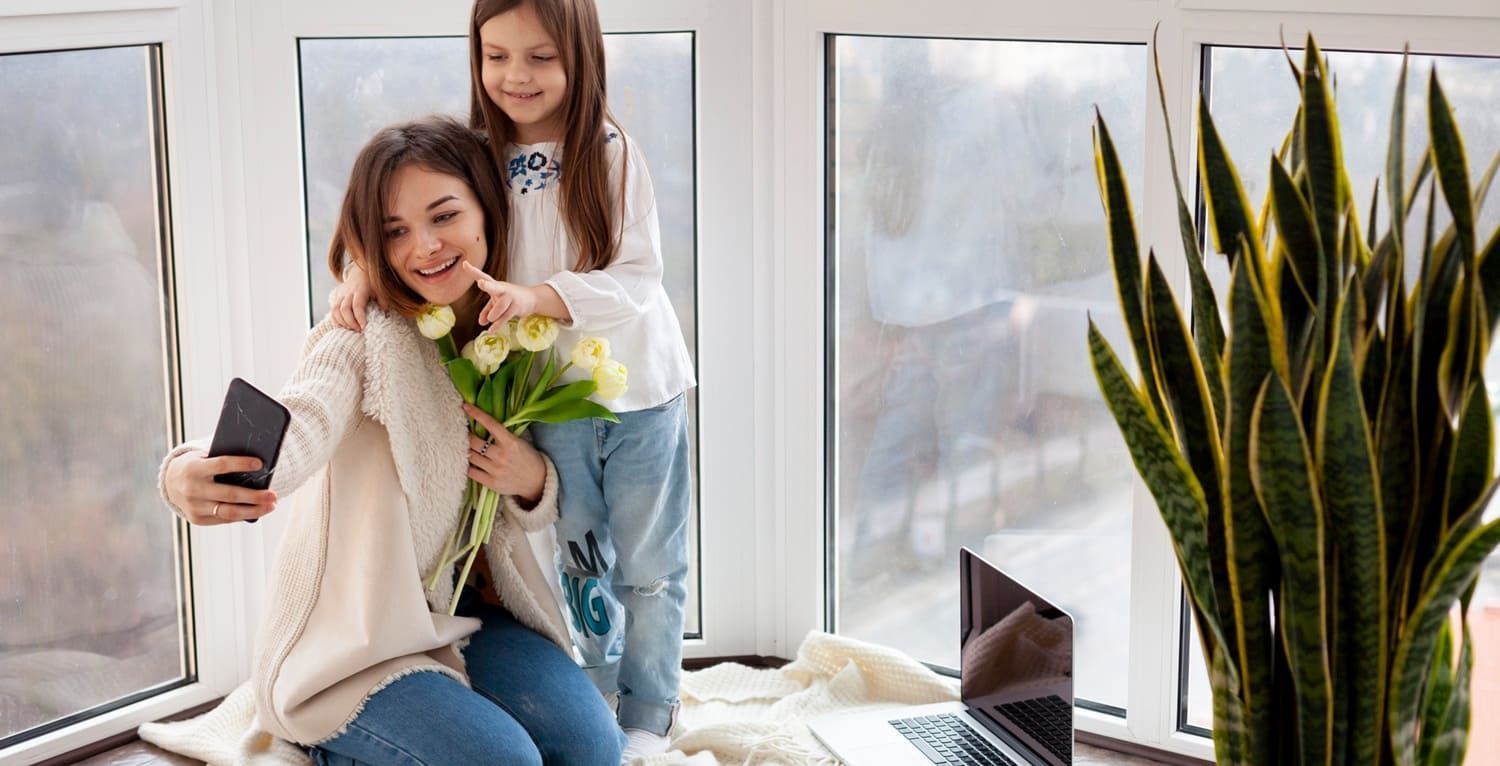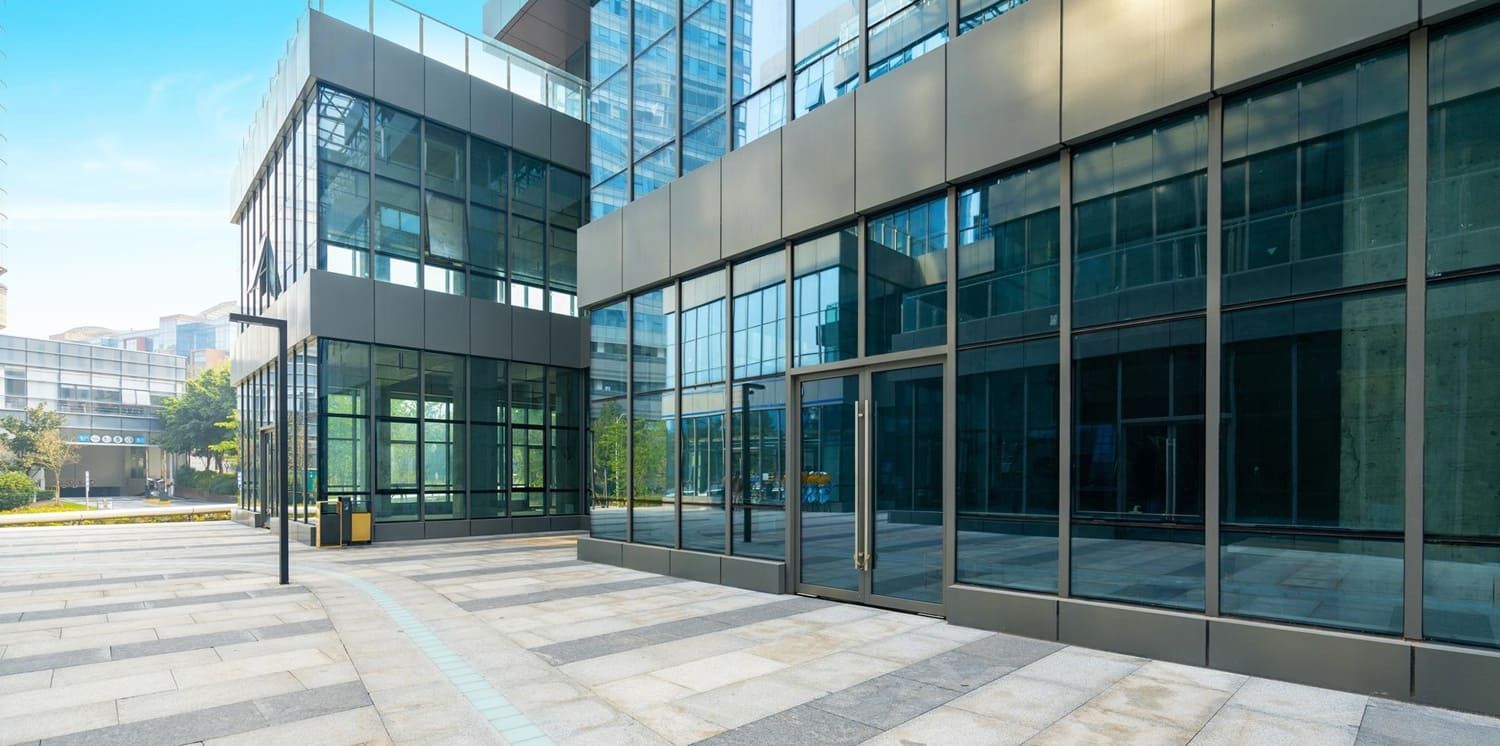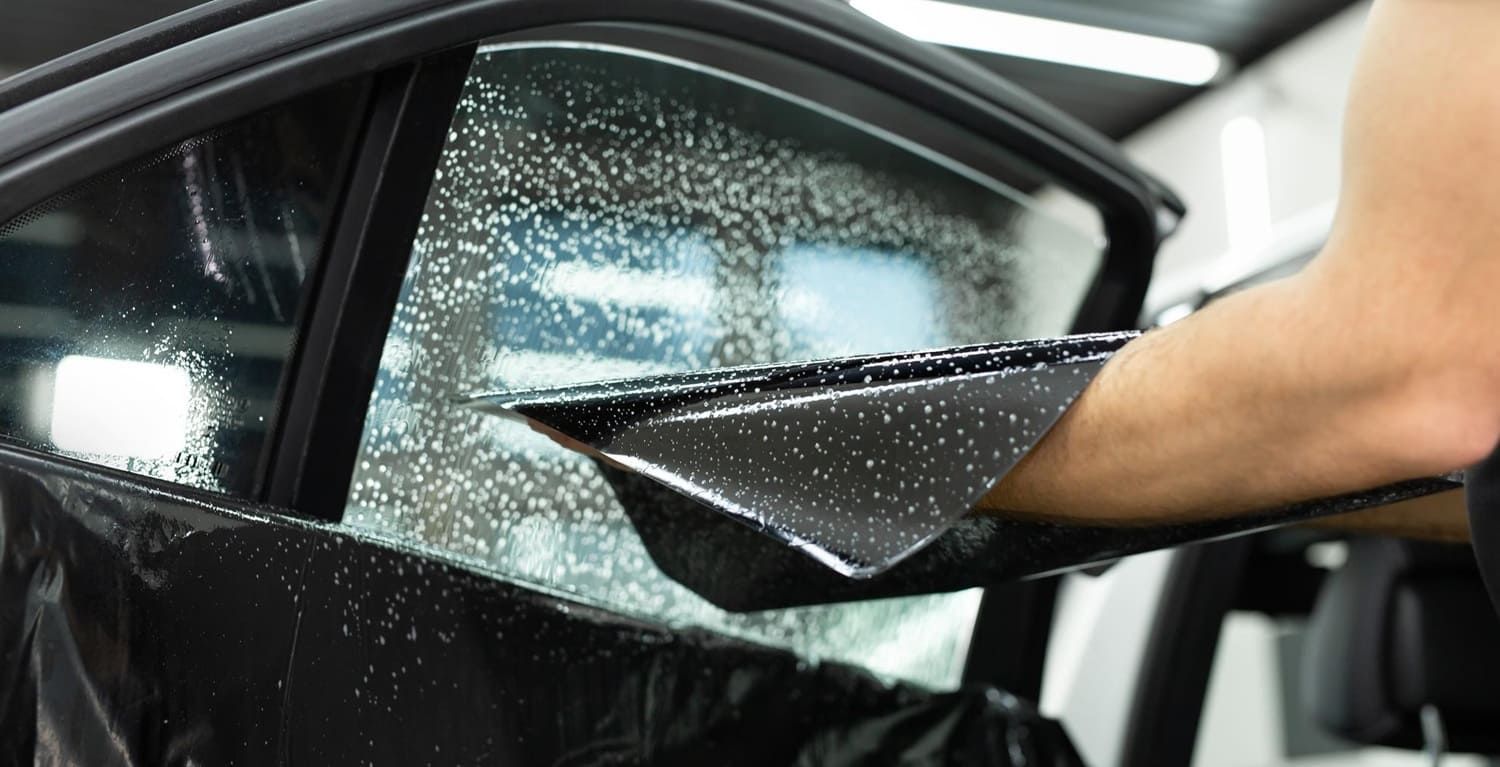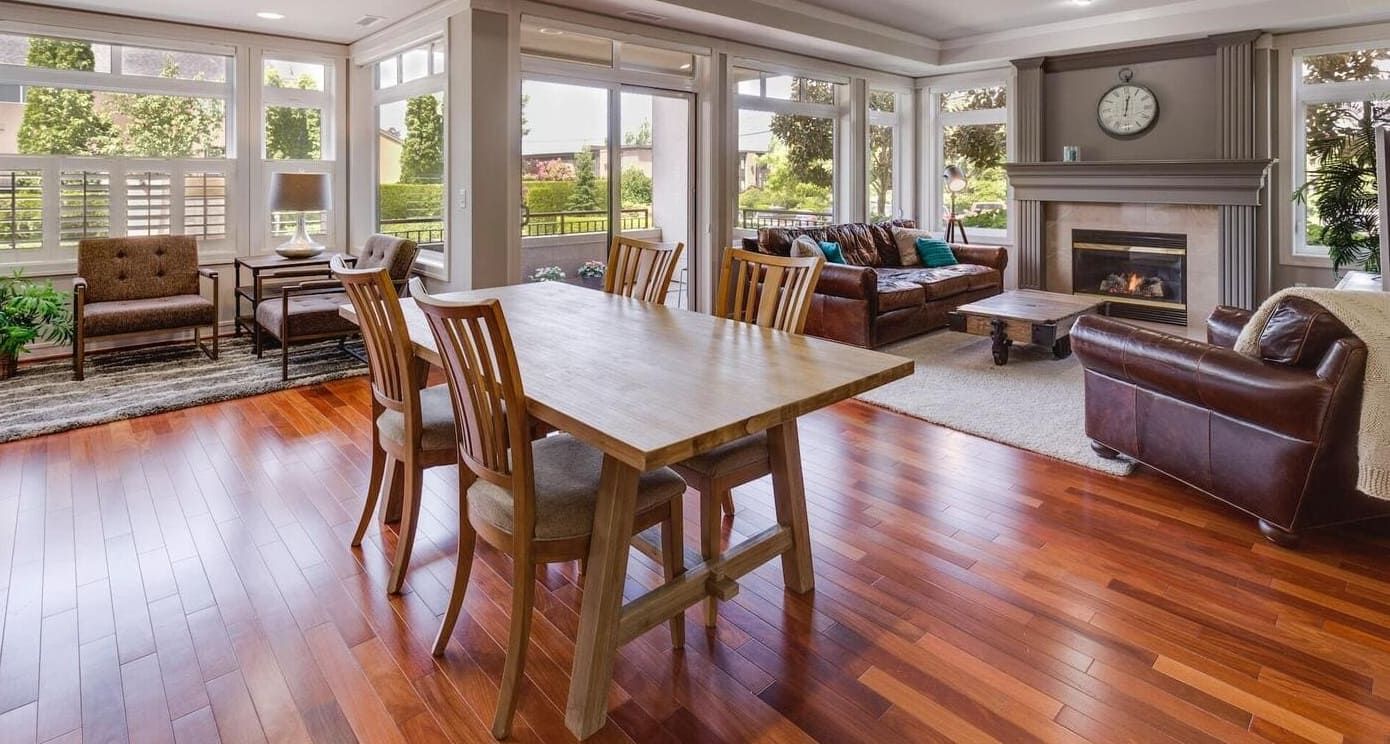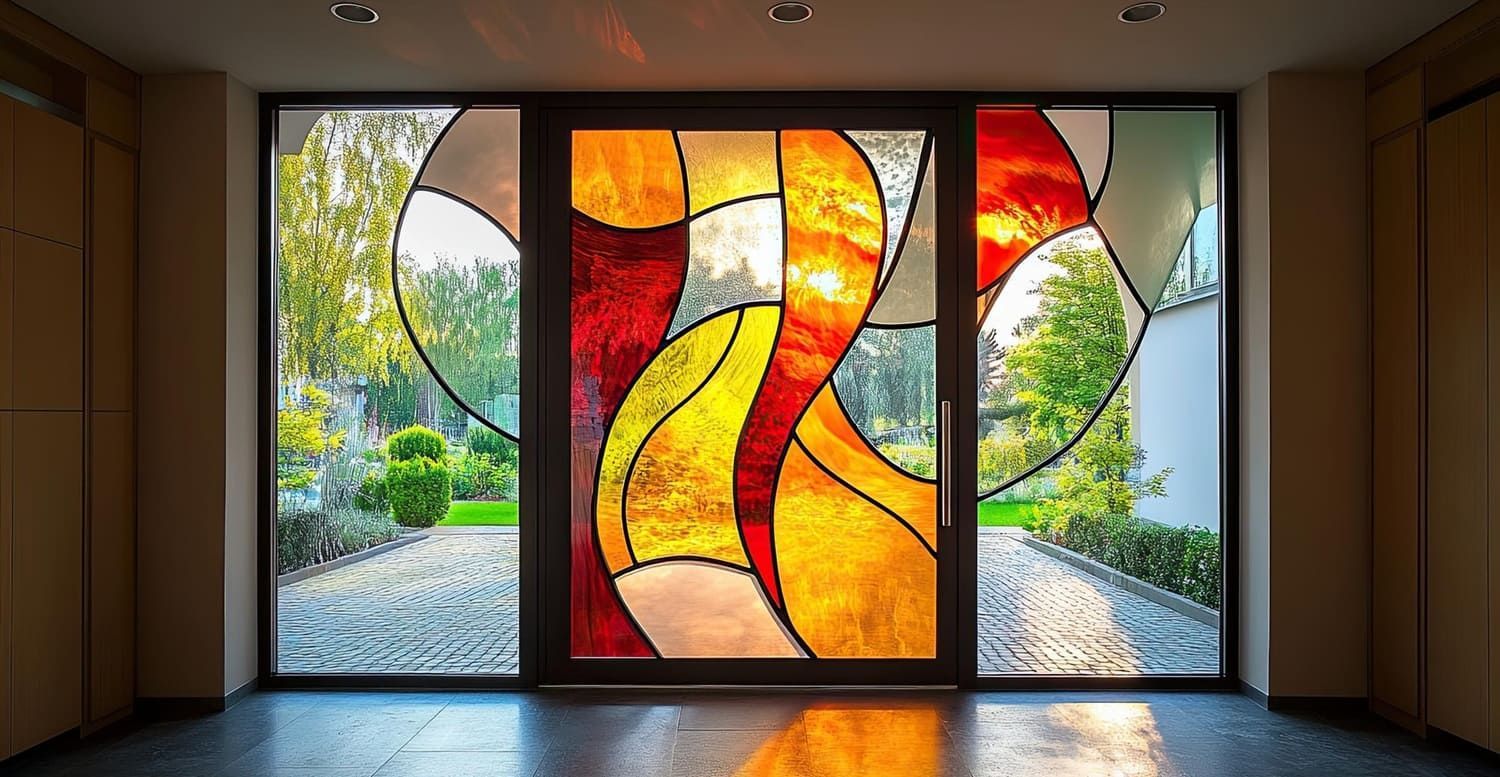How Tinting Blocks Heat Without Blocking Light
Window tinting is a smart way to keep your home cool. It reduces heat without blocking natural light. This means you can enjoy bright rooms without the heat.
Tinting works by blocking harmful UV rays. This helps protect your furniture and floors from fading. It also lowers energy bills by reducing the need for air conditioning.
Modern window tints are designed to let in light while cutting down on heat. They offer a balance between comfort and energy efficiency.
Choosing the right tint can enhance your home's look and feel. It’s a simple upgrade that can make a big difference.
Explore how window tinting can transform your living space.
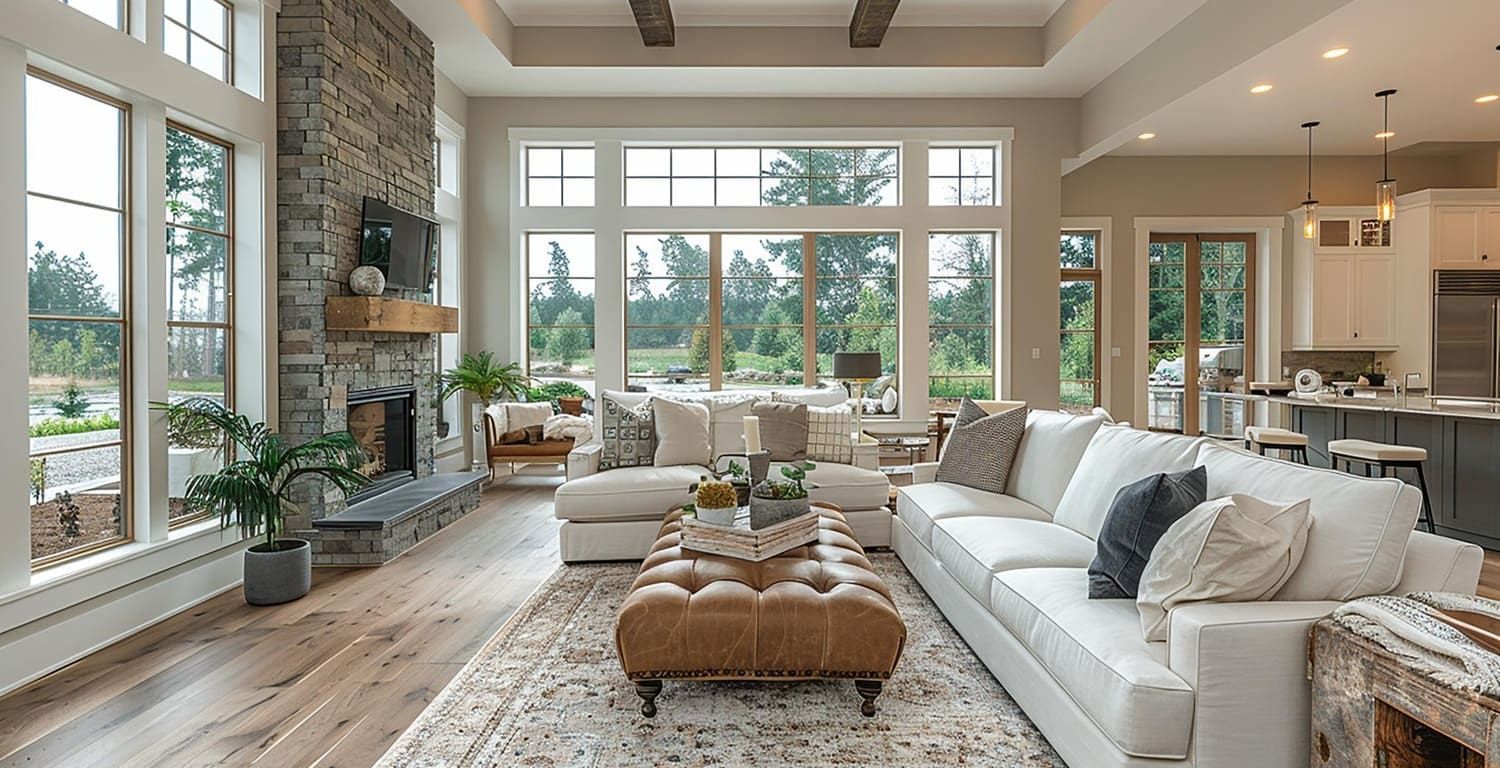
Understanding Heat and Light Transmission Through Windows
Windows play a crucial role in regulating your home's temperature. They allow light to enter while also letting heat escape or gain entry. This can significantly impact indoor comfort.
Sunlight consists of visible light, UV rays, and infrared rays. Visible light brightens your rooms, while UV rays are responsible for fading materials. Infrared rays carry most of the heat energy.
When sunlight hits windows, different types of rays are either absorbed, reflected, or transmitted. Glass naturally lets in a lot of light while also letting heat through. This can increase indoor temperatures and energy costs.
Here's how windows handle sunlight:
- Visible Light: Passes through mostly unobstructed
- UV Rays: Contribute to fading interiors
- Infrared Rays: Cause heat build-up indoors
Window tinting is a strategic solution. It selectively blocks harmful rays and reduces heat gain, allowing for cooler and more energy-efficient homes.
How Window Tinting Works: The Science Behind Heat Reduction
Window tinting employs advanced technology to manage heat without affecting light. It uses thin films designed to filter out specific light wavelengths. This results in significant heat reduction.
Tinting films have special coatings that block infrared and ultraviolet rays. Infrared rays are the main source of solar heat. By obstructing them, window tints efficiently cool interior spaces.
UV blocking capabilities are equally crucial. Tinting can block up to 99% of UV rays, preventing furniture and flooring from fading. This benefit adds to the overall appeal of window tinting solutions.
The films are made from materials such as polyester. These materials are embedded with dyes or metallic elements. They either absorb or reflect heat, contributing to their effectiveness in controlling temperature.
Here's how window tinting achieves its outcomes:
- Reflecting Infrared Rays: Reduces heat gain indoors
- Blocking UV Rays: Protects interior furnishings
- Enhancing Privacy: Controls visibility without losing light
- Maintaining Clarity: Ensures unobstructed views and daylight entry
Understanding the science behind tinting helps homeowners appreciate its benefits. It’s an efficient method to increase comfort and reduce energy usage. By leveraging this technology, you can maintain both clarity and comfort in your living space.
Types of Window Tinting Films for Homes
Choosing the right window tint for your home involves understanding the various types available. Each type has unique features and benefits tailored to different needs. Here’s a closer look at the most common options.
Ceramic Films are highly effective in heat reduction. They offer superior clarity and do not interfere with electronic signals. These films block a large portion of infrared light while letting in visible light, making them ideal for maintaining a bright interior.
Dyed Films provide excellent glare reduction and privacy. They are cost-effective and absorb solar heat, thus cooling your home efficiently. However, dyed films may fade over time, which can affect their longevity and performance.
Metallic Films are known for their reflective properties. They consist of metallic particles that reflect heat and glare. These films also add a sleek, mirrored look to windows, enhancing both energy efficiency and aesthetic appeal.
Each film type has a specific purpose, including:
- Ceramic Films: Optimal for high clarity and strong heat reduction
- Dyed Films: Affordable solution for glare reduction
- Metallic Films: Offers reflective properties and added privacy
Selecting the right film depends on your priorities, whether it's energy savings, privacy, or maintaining a bright environment. Be sure to consider the specific needs of your home before making a decision.
Benefits of Home Window Tinting Beyond Heat Reduction
Home window tinting offers numerous benefits that extend far beyond simply reducing heat. One of the key advantages is enhanced UV protection. High-quality window tints block up to 99% of harmful UV rays, which helps prevent furniture and flooring from fading over time.
Another major benefit is improved privacy. Many window films allow you to see out while obstructing the view from the outside. This makes your home more private without sacrificing natural light. Additionally, window tinting can reduce glare, which is particularly advantageous for home offices or media rooms.
Energy efficiency is also significantly improved through window tinting. By reducing heat gain in the summer, your air conditioning system doesn’t have to work as hard, leading to lower energy bills. In winter, some tints can also reduce heat loss, offering year-round benefits.
Beyond these practical advantages, window tinting can enhance the aesthetic appeal of your home. Options are available that can blend with various architectural styles, allowing for both functional and visual enhancement. Homeowners might consider these diverse benefits:
- UV Protection: Guards against fading and UV damage
- Privacy: Maintain views while keeping prying eyes out
- Glare Reduction: Enhances comfort in bright rooms
- Energy Efficiency: Lowers cooling and heating costs
Ultimately, window tinting is a versatile upgrade that provides many valuable benefits, improving both comfort and efficiency.
Balancing Natural Light and Heat Reduction: What’s Possible?
Achieving a balance between natural light and heat reduction with window tinting is not only possible, but also highly effective. Modern window films are designed to minimize heat without significantly dimming the interior environment. This innovation allows homeowners to enjoy the warmth of sunlight without the accompanying heat.
Key to this balance is the selective filter technology used in many high-quality films. These films let visible light in while reflecting infrared light, which is responsible for most heat gain. This technology ensures that rooms remain bright and welcoming.
Understanding the capabilities of different tinting options can further aid in achieving this balance:
- Ceramic Tints: Provide excellent clarity and minimal light blockage
- Spectrally Selective Films: Optimize light while minimizing heat
- Low-Reflective Tints: Avoid harsh reflections while keeping interiors illuminated
Homeowners can choose tints based on the specific needs of each room, ensuring the perfect harmony of light and temperature.
Energy Efficiency and Cost Savings With Window Tinting
Window tinting offers a straightforward way to enhance a home’s energy efficiency. By reducing heat gain, it lessens the burden on air conditioning systems, allowing them to operate more efficiently and for shorter periods. This efficiency helps in slashing monthly energy bills.
Many homeowners find that the initial cost of tinting is quickly balanced by energy savings. As less energy is consumed, the reduction in utility costs accumulates over time. This makes window tinting a sound financial investment, offering long-term savings.
Moreover, several types of films have unique energy-saving properties. For instance, certain films excel in heat rejection while maintaining clear visibility. Choices like these enhance a home’s energy profile.
Key benefits of window tinting for energy efficiency include:
- Reduced Cooling Costs: Less reliance on HVAC systems
- Improved Home Insulation: Keeps indoor temperatures stable
- Eco-Friendly Impact: Contributes to a lower carbon footprint
In conclusion, window tinting is not just an aesthetic upgrade. It is also an effective strategy for energy management and cost reduction.
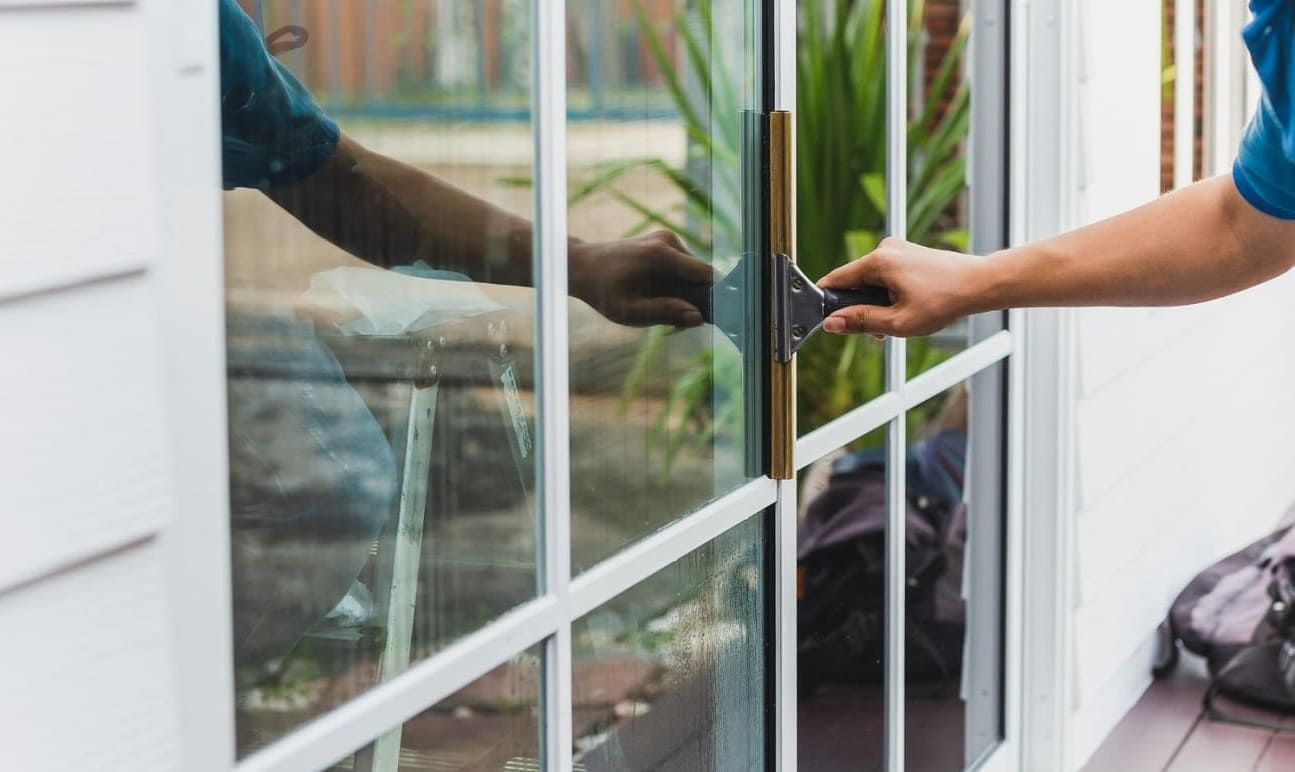
Choosing the Right Window Tint for Your Home
Selecting the perfect window tint involves considering several factors. Each home has unique needs based on its location, style, and the homeowner's preferences. Understanding these needs ensures you pick the right tint that fulfills both functional and aesthetic goals.
First, assess the primary goal of your tinting project. Is it heat reduction, increased privacy, or UV protection? Different tints offer varying levels of these benefits. For example, ceramic tints are known for their exceptional heat rejection and clarity.
Next, consider the appearance. Tints come in various shades and types, from almost invisible films to noticeable reflective ones. It’s important to choose a tint that complements your home’s design.
Key points to evaluate when choosing a window tint:
- Heat Rejection Capability: Look for high-performance tints
- Tint Appearance: Match with home decor
- UV Protection Level: Safeguard interiors from fading
Careful consideration of these aspects will help you find the ideal tint for your home, balancing function and style.
Professional vs. DIY Installation: What to Consider
When deciding between professional and DIY window tinting, several factors come into play. Professional installation often ensures a flawless finish and optimal performance, minimizing risks of bubbles and peeling. Meanwhile, DIY installation might save money upfront, but could require more time and effort.
Consider these aspects before making your decision:
- Skill Level: Professional installers have experience and expertise.
- Tools and Materials: Pros have access to high-quality tools.
- Time and Effort: DIY can be time-consuming for beginners.
Balancing these factors helps you decide if the cost savings of DIY outweigh the benefits of professional installation for your specific needs.
Frequently Asked Questions About Home Window Tinting
Homeowners often have questions about window tinting. Many wonder about its effectiveness and potential benefits for their home. Here are some common queries answered to ease your concerns.
- Does window tint block natural light? No, advanced tints preserve natural light while reducing heat.
- Is window tinting durable? Most tints are designed to last for years if maintained properly.
- Can window tinting save on energy bills? Yes, it helps reduce cooling costs by lowering indoor heat.
By addressing these questions, homeowners can make informed decisions about home window tinting.
Finding Home Window Tinting Near You
Locating a reliable service for home window tinting is simple. Begin by searching online or asking for local recommendations. Consider these steps to help your search:
- Search online using keywords like "home window tinting near me" for local providers.
- Check reviews on sites like Yelp or Google for customer feedback.
- Ask friends or neighbors for trusted recommendations.
These steps will guide you to a professional service that suits your needs.
Conclusion: Making Your Home Cooler and Brighter
Window tinting provides a unique solution for making homes cooler while allowing natural light. The balance between heat reduction and light transmission improves comfort without sacrificing brightness.
By investing in window tinting, homeowners enjoy energy savings and a more sustainable environment. This simple upgrade enhances comfort, efficiency, and the aesthetic appeal of your home. For expert installation, trust Solar X of the Palms, your Trusted LLumar Vista Dealer and Premier Window Film installer near you serving West Palm Beach, Boynton Beach, Boca Raton, Delray Beach, Jupiter, Fort Lauderdale, Pompano Beach, Miami, Stuart, Lake Worth, Palm Beach Gardens, Lake Park, Royal Palm Beach, & Florida surrounding areas—contact us today for a free estimate.
FAQs About How Window Tint Blocks Heat Without Blocking Light
How can window tint block heat without making the glass dark?
Modern films use ceramic and spectrally selective technology to block infrared heat while allowing most visible light to pass through, keeping spaces bright.
What type of tint works best for heat rejection with high visibility?
Nano-ceramic and spectrally selective window films are ideal. They can block up to 98% of infrared heat while maintaining a light, clear appearance.
Does a lighter tint still block heat effectively?
Yes. High-quality films can perform better than dark tints by focusing on heat-causing infrared rays, not just visible light.
What’s the difference between heat rejection and UV blocking?
Heat rejection targets infrared radiation, while UV blocking protects against ultraviolet rays that cause skin damage and fading of interiors.
Can I get heat-blocking tint without changing my home or car’s look?
Yes. Clear and nearly invisible films offer significant heat reduction without altering window appearance.
Does clear heat-rejecting tint affect visibility at night?
No. Because it allows visible light to pass through, clear ceramic films provide excellent nighttime visibility.
How much heat can high-performance tint block?
Premium ceramic tints can block 40–60% of total solar energy and up to 98% of infrared heat.
Do darker tints always mean better heat rejection?
Not necessarily. Film quality and technology are more important than shade. A light ceramic tint can outperform a dark dyed film.
Does heat-blocking tint also reduce glare?
Yes. Many films reduce glare from sunlight and headlights, making interiors more comfortable without making them too dim.
Can heat-blocking tint lower energy bills?
Yes. By reducing heat gain, it can lower air conditioning use, saving money on energy costs.
Is heat-blocking tint legal everywhere?
Yes. Clear ceramic films are generally legal since they meet Visible Light Transmission (VLT) requirements while still offering heat control.
Will this type of tint fade or lose performance over time?
Quality films maintain their performance for 10–20 years when professionally installed.
Does heat-blocking tint protect furniture and interiors?
Yes. It reduces UV exposure and heat damage, helping preserve fabrics, wood, leather, and electronics.
Can it be used on windshields?
Yes. Many states allow clear heat-blocking film on windshields for added comfort without reducing visibility.
Is ceramic tint better than metallic tint for heat rejection?
Yes. Ceramic films often outperform metallic films without interfering with cell signal, GPS, or radio reception.
Does heat-blocking tint work in winter?
Yes. It can help retain heat indoors, improving comfort and reducing heating costs.
Can I combine privacy tint with heat-blocking film?
Yes. Many heat-rejecting tints are available in different shades to also provide privacy if desired.
Does clear heat-blocking tint change window reflections?
No. It maintains a natural glass look without the mirrored or darkened effect of some traditional tints.
Is professional installation necessary for this type of tint?
Yes. Proper installation ensures maximum performance, clarity, and durability.
How does tint block heat without blocking light?
Advanced film technology filters heat-causing infrared rays while letting in natural daylight, keeping your car or home cool, bright, and comfortable.


